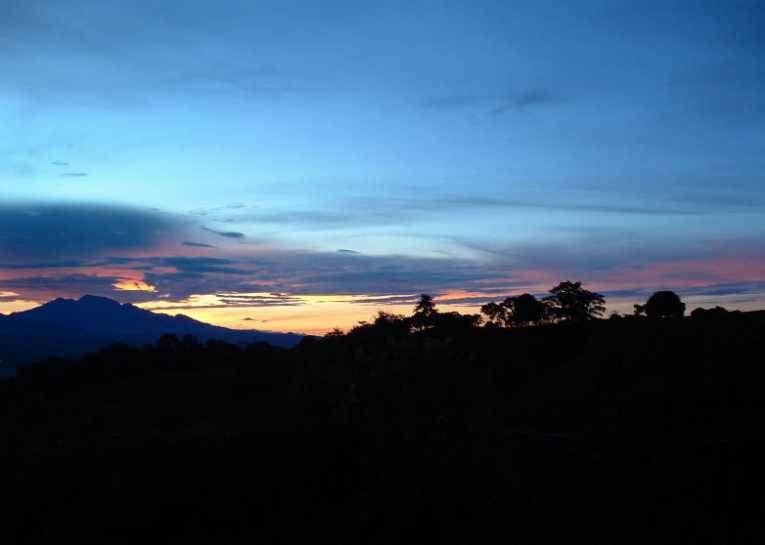Costa Rica, a developing country that has developed a blueprint for a sustainable future
Over the last decade we have seen the two sleeping giants, China and India, suddenly awaken and embark on an intensive campaign to industrialise and consumerise their 2 billion-plus inhabitants.
With more developing nations set to follow suit, it raises the prospect of even greater environmental mayhem as they feed their hunger for the raw materials that governments say are necessary to fuel economic growth.
But not every developing country is following the same path. The tiny Central American country of Costa Rica is leading the way in environmental practices and sustainability that are not only protecting its future - but are also leading directly to economic growth.
The measure of Costa Rica's commitment to a green future can be seen in the Environmental Performance Index, (EPI) which ranks countries according to their carbon and sulphur emissions, purity of water and general conservation practices.
It will probably come as no surprise to discover that in 2010 Iceland and Switzerland occupied the first two places, but what may come as a revelation is to find Costa Rica sitting in a healthy third place. (It's worth noting that the UK comes in at 14th position, while the world's only remaining superpower and biggest economy languishes in 61st place.)
So how has Costa Rica managed to shun the route taken by other developing countries and take the path to sustainability? And how is it also able to make such a bold claim in wanting to be the first developing country to become carbon neutral, to have zero output of carbon dioxide by the year 2021.
To start with over a quarter of Costa Rica's land has been designated as protected areas and a half of this percentage is under absolute protection. This should come as relief to environmentalists from every quarter as this tiny country of just 0.25% of the world's land mass is home to 5% of the world's biodiversity.
To fund its green policies, the government has placed taxes on cars, fuel and energy to pay for the management of its nature reserves and other environmental services. It also has heavy penalties for businesses and households that pollute the waterways with sewage or chemicals. In another far sighted move, landowners are paid both to preserve existing forests and to plant new trees, a decision which has seen forest cover rise from 25% to nearly 50% in just 25 years.
Taking full advantage of the country's geology, a staggering 95% of electric energy comes from renewable sources; this dedication to the pursuit of clean energy is also reflected in Costa Rica's investment in the development of hydrogen based technologies.
When you put it all together, it's not surprising that last year Costa Rica was presented with the 2010 Future Policy award at the global summit on biodiversity.
But countries cannot exist on plaudits and awards alone, so how is Costa Rica able to take such a strong stance with regard to protectionism, while still promoting economic growth?
The answer lies is its fledgling ecotourism industry, which goes rather neatly hand-in-hand with its environmental protectionism. Not only does the sector help locals to earn money, but it also helps fund and preserve the national parks and reserves, while at the same time educating travellers on their responsibilities.
Costa Rica's story is both heartening and inspirational, showing the world that a small developing country can grow its economy, in both a sustainable and environmentally friendly way.










